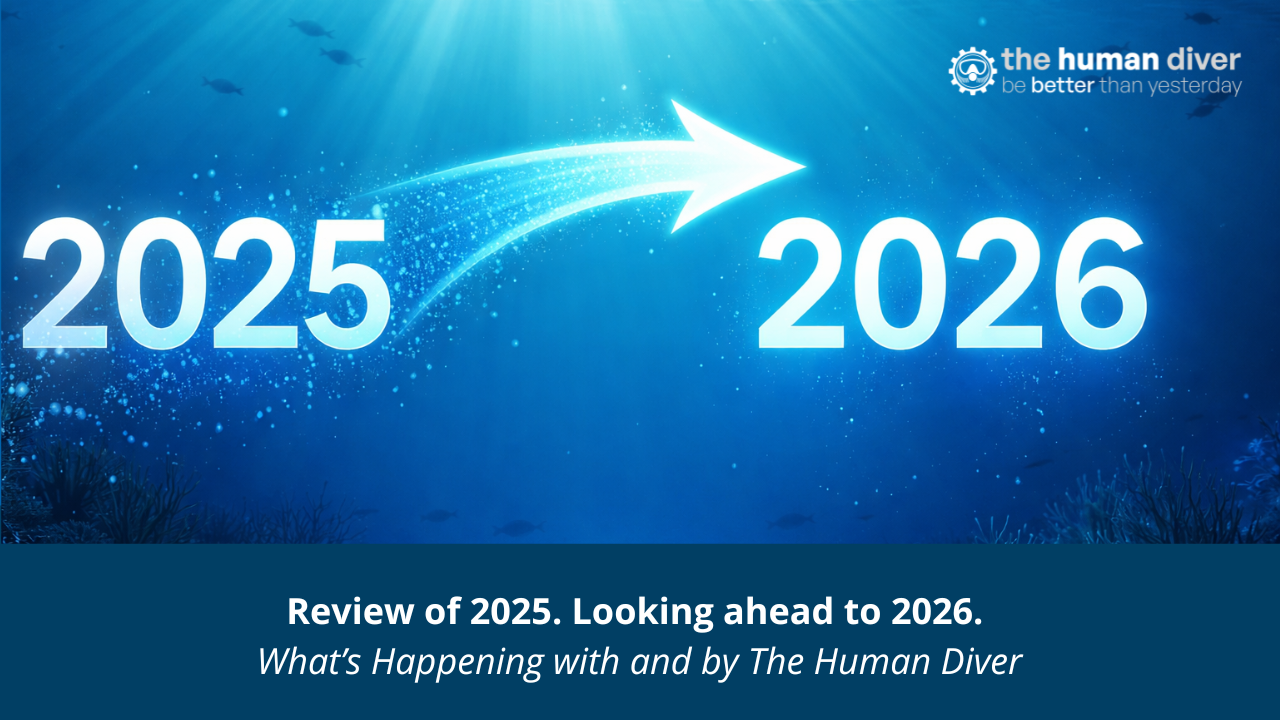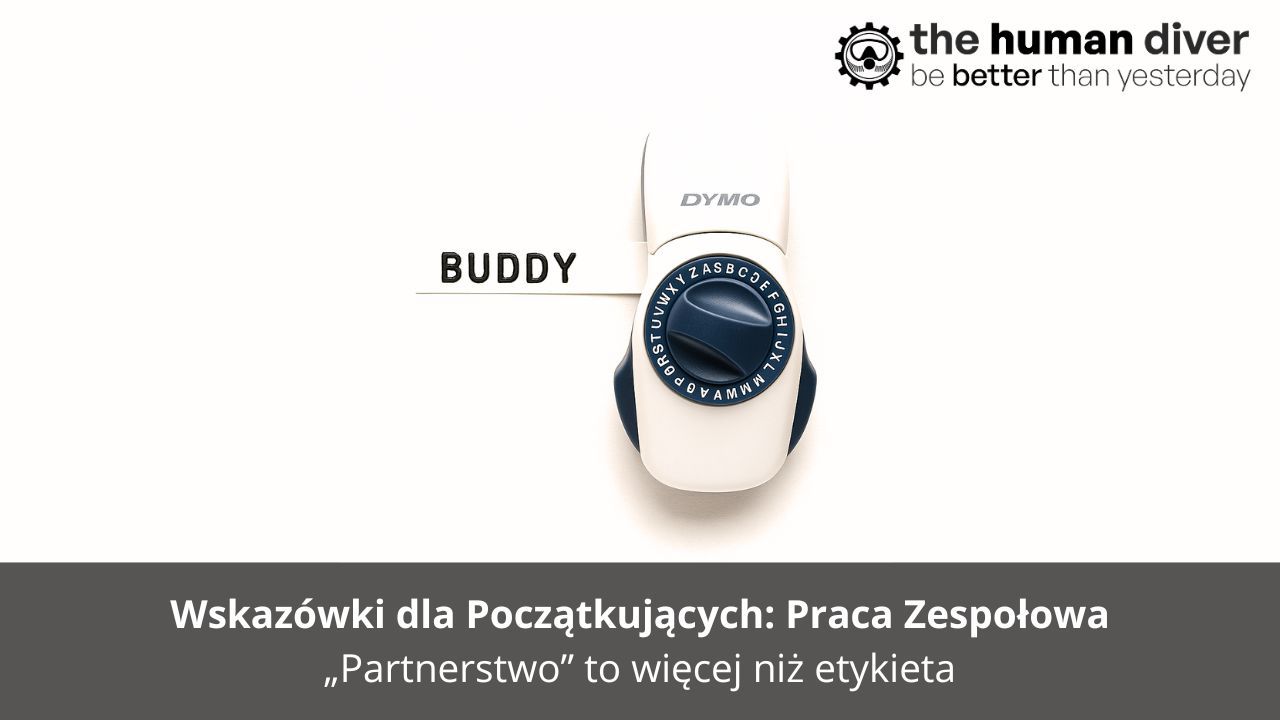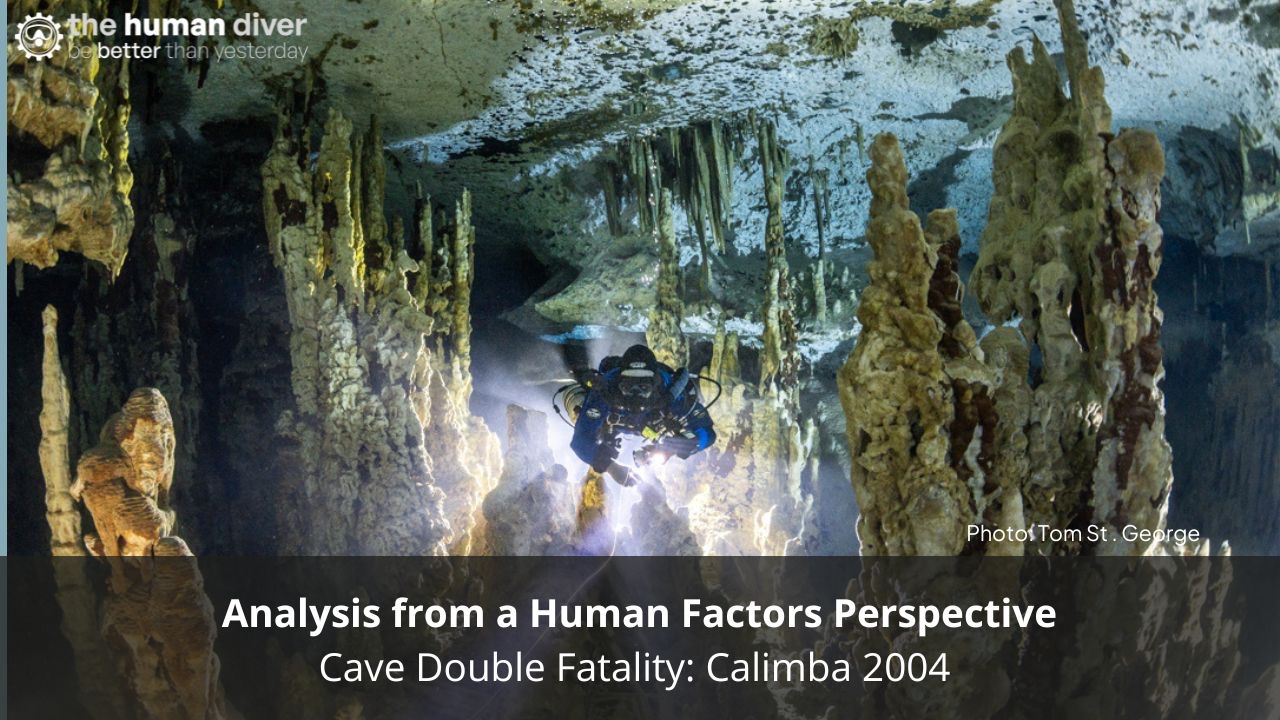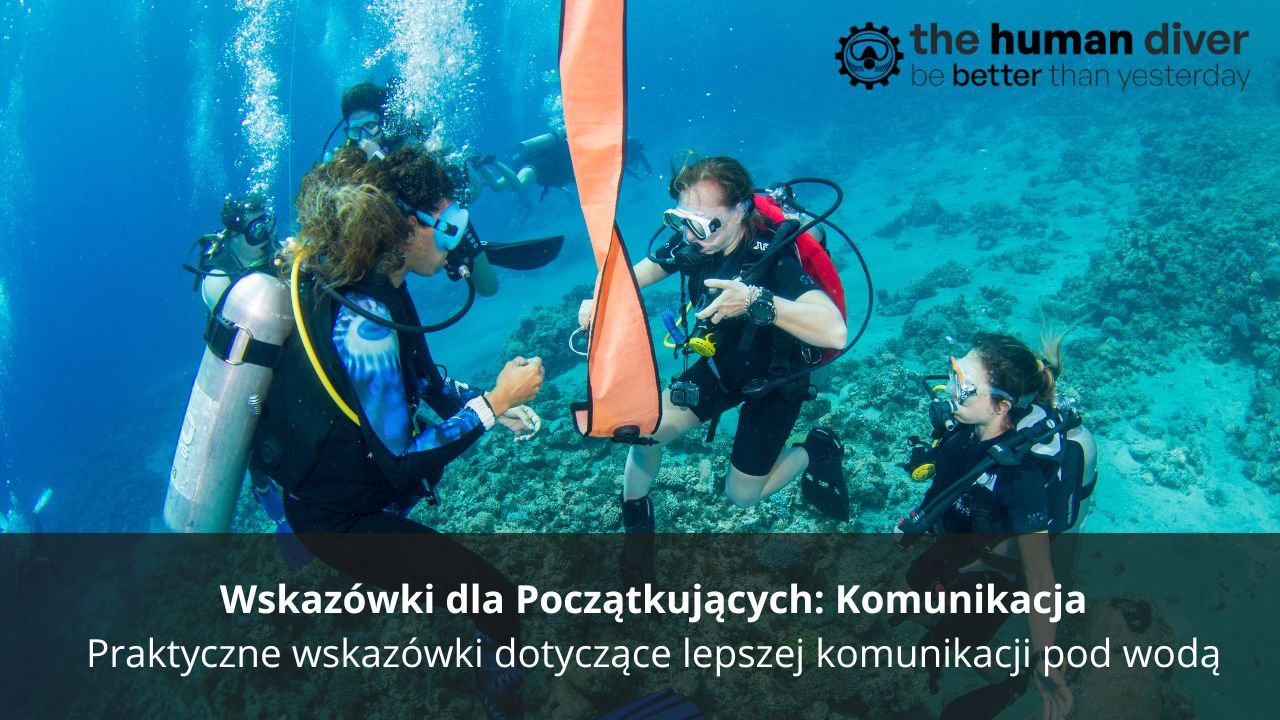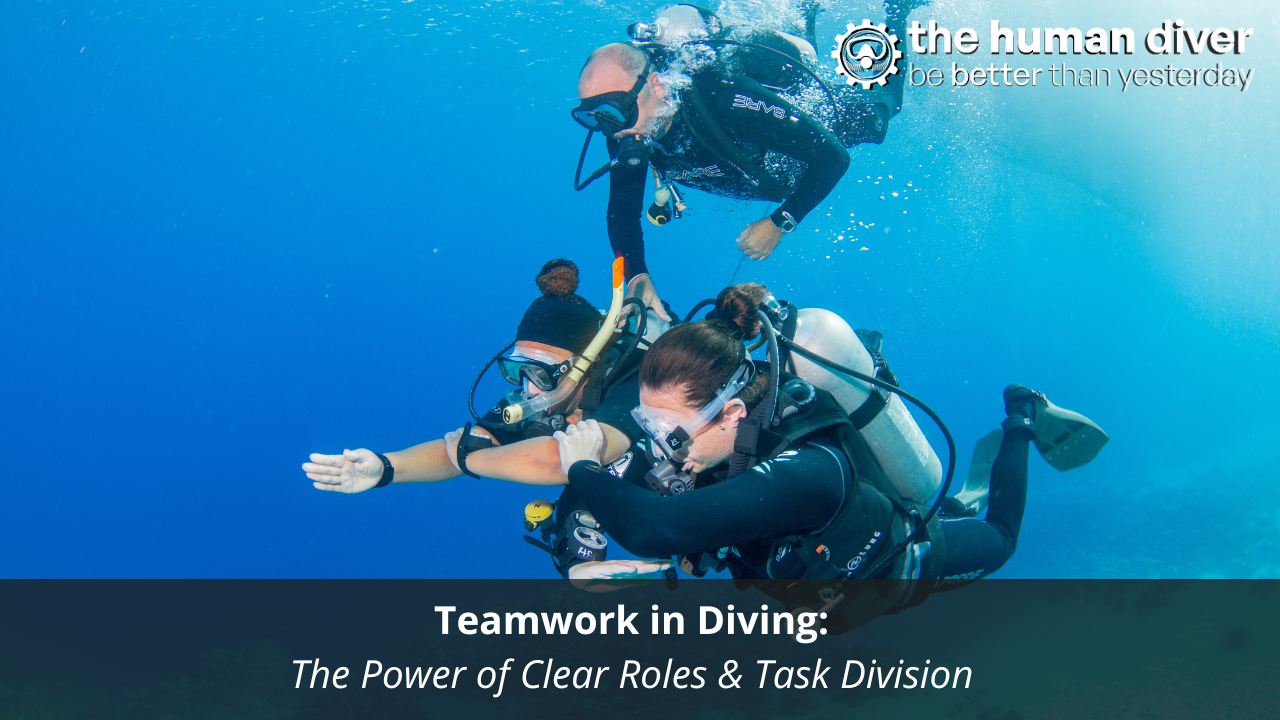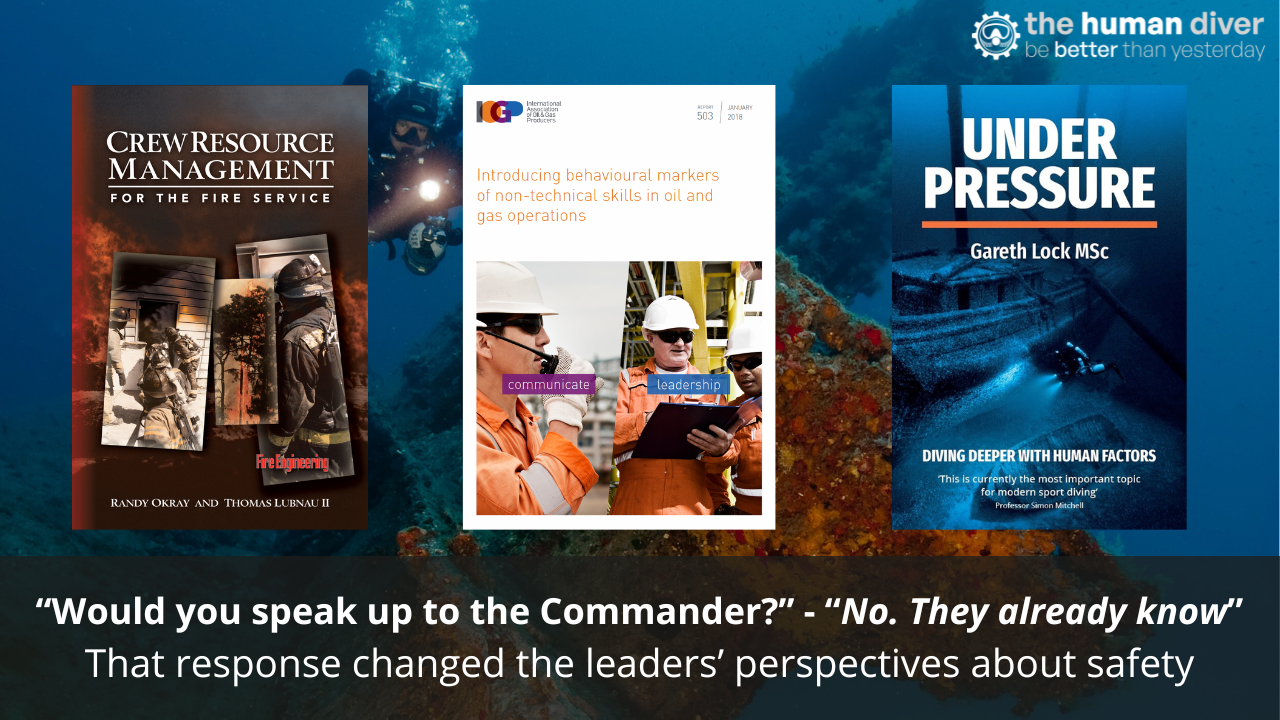
Top tips for Beginner Divers: Communications
Jul 01, 2025“What just happened?”
A few months ago, I went diving with four friends. Everything went smoothly until the end of the dive, when three of us decided to practise deploying our DSMBs. By the time I’d sent mine up, one of the group had vanished, and another diver signalled for the rest of us to head roughly southeast—which was confusing, since the exit was definitely to the south, and there didn’t seem to be any reason to veer off course.
When we finally surfaced and regrouped at the actual exit point, it became obvious that we’d skipped crucial steps: we hadn’t agreed on a plan for the DSMB practice—who would go first, or what we’d do after. And once things started going off-script underwater, there was no clear plan to fall back on.
What had been a great dive ended on a frustrating note—not because of anything dramatic, but simply because we hadn’t taken the time to communicate clearly.

The Theory: Communication underwater isn’t easy but it isn’t optional
Communication isn’t just one-way talking—it’s how we share intentions, check understanding, and coordinate actions. When you’re actually diving, where you can’t speak and visibility is often limited, effective non-verbal communication becomes critical. But even more important is shared understanding before you hit the water.
Under pressure (literally or figuratively), our brain’s processing power shrinks. That’s why clear, simple, and well-rehearsed communication is a foundational safety tool. Miscommunication or assumptions can lead to anything from mild frustration to full-blown emergencies.
Human Factors research shows that most incidents aren't caused by technical failures—they result from misunderstandings, invalid assumptions, or a lack of assertiveness. Beginners are especially vulnerable because they often feel unsure or reluctant to speak up (have a look at this blog on psychological safety to learn more). We also tend to overestimate how much others know or assume we’re “the only one who doesn’t get it.”
In reality, if something’s unclear to you, it’s probably unclear to someone else too.
Practical Tools: How to Improve Your Communication
Whether you’re on your fifth dive or your five-hundredth, these tips will help:
1. Plan and brief like you mean it
Before the dive, as a team or buddy pair, come up with answers to the following questions:
- What do we all want to get from the dive?
- Who’s leading the dive?
- What’s the turn pressure?
- What’s the max depth and/or dive time?
- What do we do if we get separated?
It might feel awkward at first, but a 2-minute topside conversation beats a 20-minute underwater panic. Make it a routine habit, and soon it’ll feel second nature. Note this list of questions isn’t exhaustive and the questions you want to ask and answer will vary and evolve with your diving and who you dive with.

2. Use an agreed-upon signal set
Re-emphasise the basics that are widely accepted (OK, Problem, Up, Down, out-of-gas) then discuss what other signals you are likely to use. This list could be endless but here are a few that are certainly worth agreeing upon:
- Gas amounts (asking and answering)
- Stop
- Get closer
- Safety stop
- Home
Rather than just show people what hand signals you’ll use, ask them what hand signal they’ll give if they want to say ‘let’s go home’ (for example) topside before you dive. This helps confirm understanding.
Even with all the hand signals you can think of, there will still be situations that are difficult to communicate so it’s a good idea to carry a slate or wet notes. Being able to write a message underwater is surprisingly useful when something unexpected crops up.
3. Confirm understanding
When you give a signal underwater, look for acknowledgment. Ideally the person receiving the signal should repeat it back to you. Assuming your buddy got the message you intended without you confirming it can quickly lead to issues.
If you’re not sure what they meant, don’t bluff—ask for clarification using whatever signals or tools you can (another reason why carrying a slate or wet notes is a good idea).
4. Debrief every dive
A structure is useful to get the most learning. If you’re time limited you can simply ask:
- What went well and why?
- What can we improve and how?
If you start by talking about something you think you can improve, this creates psychological safety, builds trust, and improves your next dive. Debriefs are where better communication habits are born.
5. Speak up—before and after the dive
Beginners often hold back out of fear of looking foolish. But diving is a team sport, and even experienced divers miss things. Asking “What does that mean?” or “Can we go over the plan again?” is a strength, not a weakness.
Many experienced divers actually appreciate a buddy who’s willing to speak up—it shows you care about doing things properly and want to stay safe together.

Building Confidence Through Communication
Many new divers feel nervous about “slowing the group down” or asking too many questions. It’s easy to fall into the trap of nodding along during the briefing even when you don’t fully understand, just to avoid standing out. In truth, confidence isn’t about having all the answers—it’s about knowing when to ask questions.
Clear communication builds confidence. When you and your buddy agree on the plan and feel comfortable expressing uncertainty, you reduce anxiety and increase enjoyment. Diving becomes less about “trying to keep up” and more about being part of a team.
If you’re diving with more experienced buddies, speak up early. A simple, “Hey, I’m still new — do you mind if we go over the plan together?” can completely change the tone of the dive. Most seasoned divers will appreciate your honesty and be happy to help. You’ll also be role-modelling good communication for others who might be thinking the same thing but too afraid to say it.
Safe Diving Starts at the Surface
The best underwater communication starts long before you enter the water. When divers take a few moments to align, ask questions, and speak up, they help grow a culture of safety and shared awareness—one dive at a time.
____________________________________________________________________________________

Mike Mason is part of the Human Diver Team. Our mission is to give you the skills and knowledge so that you can be better than you were yesterday. If you'd like to deepen your diving experience, check out the youtube channel and consider taking the online introduction course which will change your attitude towards diving and make it better and safer. Alternatively, visit the website or start your journey into Human Factors in Diving with this introduction blog .
Want to learn more about this article or have questions? Contact us.

